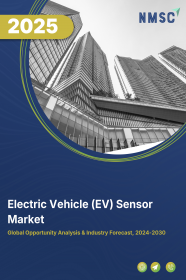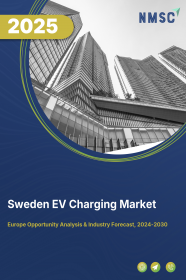
Sweden Electric Vehicle (EV) Charging Market by Type of Charger (AC Chargers, and DC Chargers), by Charging Speed (Level 1, Level 2, and Level 3), by Connector Type (Type 1, Type 2, CCS, CHAdeMO, and Others), by Installation (Fixed, and Portable), by End User (Commercial, and Residential) – Opportunity Analysis and Industry Forecast 2023–2030
Industry: Automotive & Transportation | Publish Date: 23-Oct-2025 | No of Pages: 110 | No. of Tables: 142 | No. of Figures: 87 | Format: PDF | Report Code : AT862
Market Definition
Sweden Electric Vehicle (EV) Charging Market was valued at USD 272.08 million in 2022, and is predicted to reach USD 1771.3 million by 2030, with a CAGR of 27.0% from 2023 to 2030. Electric vehicle chargers are defined by the amount of energy delivered to the vehicle’s battery per unit of time. It is an infrastructure that is used to connect the plug-in electric vehicle to an electrical outlet to charge the battery of the vehicle. Electric vehicle chargers are used to provide charging to EVs with a battery and the electrical source that helps to charge the battery.
Electric vehicles, neighborhood EVs, and plug-in hybrids can all be charged at a charging station by connecting to an electrical source. Advanced features including smart meters, cellular connectivity, and network access are available on some charging stations.
The charging of EVs can be carried out through several levels of charging such as level 1, level 2, and level 3. The higher the level of charging, the faster the charging process causing more power to be delivered to the vehicle. The use of electric vehicles significantly reduces the carbon footprints released into the atmosphere, which contain toxic gas. The growing threat of carbon emissions and other harmful gases stemming from transportation has triggered the vital necessity of adopting electric vehicles.
In addition, the penetration of EV charging is high in commercial spaces as compared to residential ones. Long-distance trips would benefit from ultra-fast charging capabilities made possible by public charging infrastructure. However, EV chargers for residential spaces offer significant growth potential as they are affordable and more convenient for charging electric vehicles as compared to commercial charging stations.
Policy-driven Acceleration of Charging Infrastructure Deployment
Sweden’s EV charging market continues to gain strong momentum, supported by progressive national policies and municipal-level incentives aimed at scaling clean mobility. Government initiatives such as the Klimatklivet investment program and Ladda bilen grant scheme are actively subsidizing the installation of both public and private chargers. Additionally, updated building codes are mandating EV readiness in new residential and commercial developments, reinforcing long-term infrastructure integration. These measures, coupled with zero-emission transport targets under Sweden’s climate roadmap, are catalyzing investment and accelerating the nationwide rollout of charging networks.
Urban Sustainability Goals Fueling Local Charging Initiatives
Sweden’s leading cities are aligning their transport infrastructure with broader sustainability and climate-neutrality targets. Municipalities such as Stockholm, Gothenburg, and Malmö are actively promoting EV adoption by investing in public charging stations, low-emission zones, and EV-friendly urban planning. Local governments are also partnering with private operators to deploy city-wide charging networks and are integrating EV infrastructure into smart city frameworks. These urban efforts not only accelerate charger availability but also influence consumer behavior, encouraging the switch to electric mobility through convenience, visibility, and regulatory incentives. This localized push is becoming a critical force in shaping Sweden’s national EV charging roadmap.
Infrastructure Costs and Grid Readiness Remain Key Challenges
While Sweden’s EV charging sector is progressing rapidly, the high capital intensity of deploying fast-charging infrastructure continues to slow expansion—particularly outside major cities. Installation of DC chargers involves substantial costs related to civil works, grid upgrades, and power capacity allocation, often requiring coordination with local utilities. These costs are harder to justify in low-traffic or rural areas with limited short-term demand. Moreover, parts of Sweden’s electricity grid, especially at the distribution level, are not yet optimized for high-load, clustered charging demands. Without timely upgrades in grid resilience and streamlined permitting processes, large-scale deployment could face delays and uneven regional coverage.
V2g Technology Unlocks New Revenue Streams and Grid Value
As Sweden accelerates its clean energy transition, the integration of EVs into the national grid through vehicle-to-grid (V2G) technology presents a promising frontier. V2G enables bidirectional energy flow, allowing EVs to feed excess power back to the grid during peak demand periods. This not only supports grid stability but also unlocks new value streams for EV owners through energy arbitrage and grid services. Pilot programs by utilities and tech firms are already underway in Sweden, testing real-time energy balancing and revenue-sharing models. With the country’s strong renewable energy mix and digital readiness, V2G adoption could transform EVs from passive consumers to active energy assets—opening opportunities for collaboration across the automotive, utility, and software sectors.
Competitive Landscape
The Sweden Electric Vehicle (EV) Charging industry includes Kempower, Delta, Schneider Electric, Siemens, ABB, Garo, Charge Amps, Leviton Manufacturing Co, Enphase, Tesla, Zaptec, Alfen, Ctek, EV BOX, ChargePoint, and others.
Sweden Electric Vehicle (EV) Charging Market Key Segments
By Type of Charger
-
AC Chargers
-
Mode 1 (2.3 kW)
-
Mode 2 (2.3 kW)
-
Mode 3 (3.7 kW to 22 kW)
-
-
DC Chargers (22 kW to 350 kW)
By Charging Speed
-
Level 1
-
Level 2
-
Level 3
By Connector Type
-
Type 1
-
Type 2
-
CCS
-
CHAdeMO
-
Others
By Installation
-
Fixed
-
Portable
By End User
-
Commercial
-
Commercial Public EV Charging Stations
-
Highway Charging Stations
-
Fleet Charging Stations
-
Workplace Charging Stations
-
-
Commercial Private EV Charging Stations
-
-
Residential
-
Private Homes
- Apartments
-
Key Players
-
Kempower
-
Delta
-
Schneider Electric
-
Siemens
-
ABB
-
Garo
-
Charge Amps
-
Leviton Manufacturing Co
-
Enphase
-
Tesla
-
Zaptec
-
Alfen
-
Ctek
-
EV BOX
-
ChargePoint
Report Scope and Segmentation
|
Parameters |
Details |
|
Market Size in 2022 |
USD 272.08 Million |
|
Market Volume in 2022 |
22 Thousand Units |
|
Revenue Forecast in 2030 |
USD 1771.3 Million |
|
Growth Rate |
CAGR of 27.0% from 2023 to 2030 |
|
Analysis Period |
2022–2030 |
|
Base Year Considered |
2022 |
|
Forecast Period |
2023–2030 |
|
Market Size Estimation |
Million (USD) |
|
Growth Factors |
|
|
Companies Profiled |
15 |
|
Market Share |
Available for 10 companies |
|
Customization Scope |
Free customization (equivalent up to 80 working hours of analysts) after purchase. Addition or alteration to country, regional, and segment scope. |
|
Pricing and Purchase Options |
Avail customized purchase options to meet your exact research needs. |


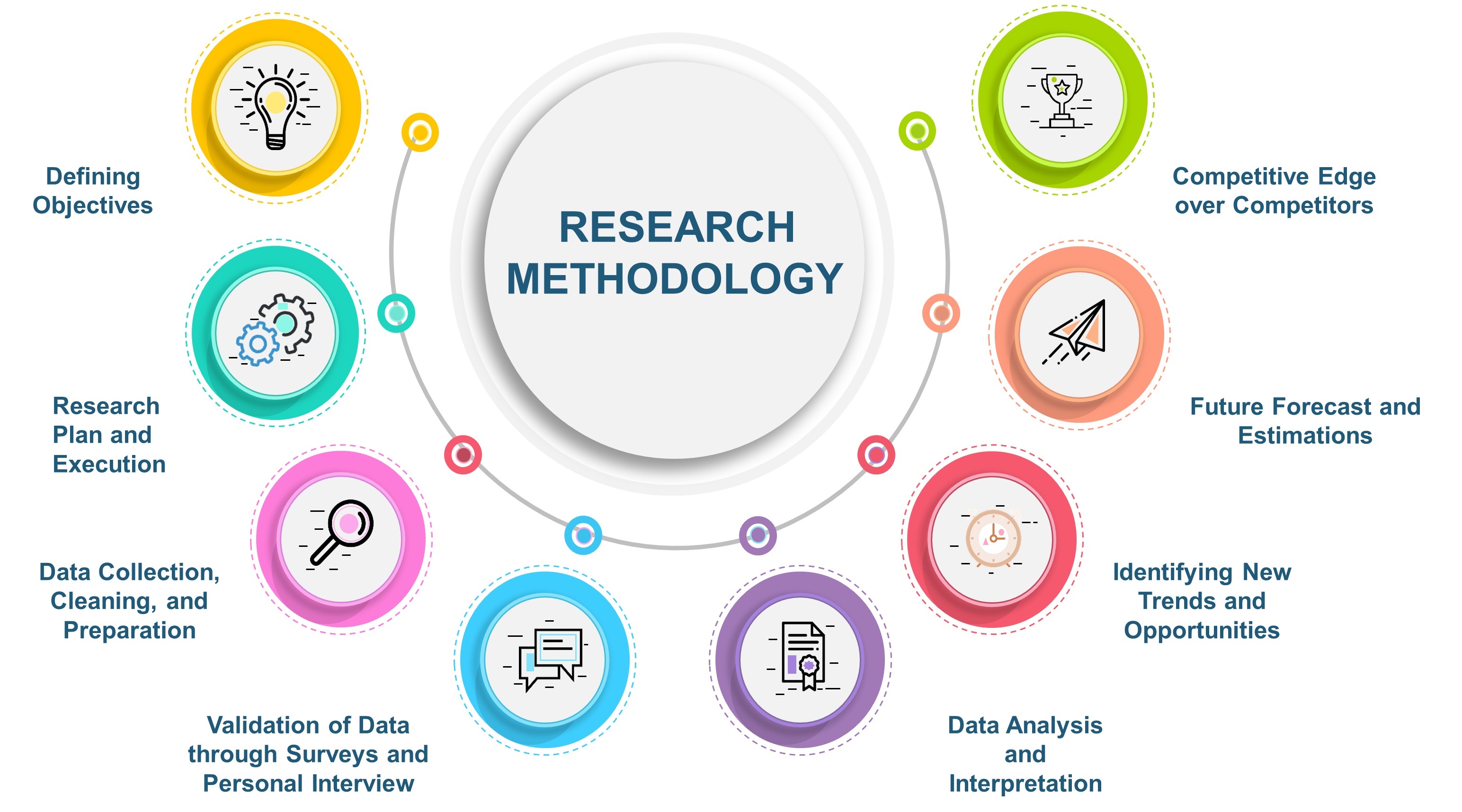
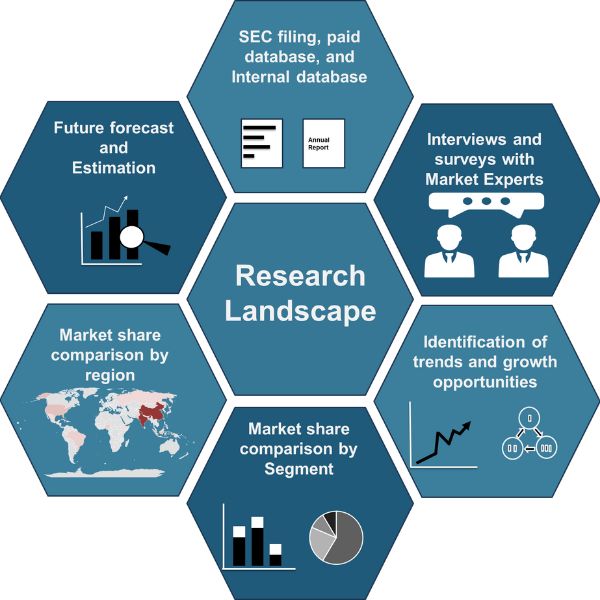
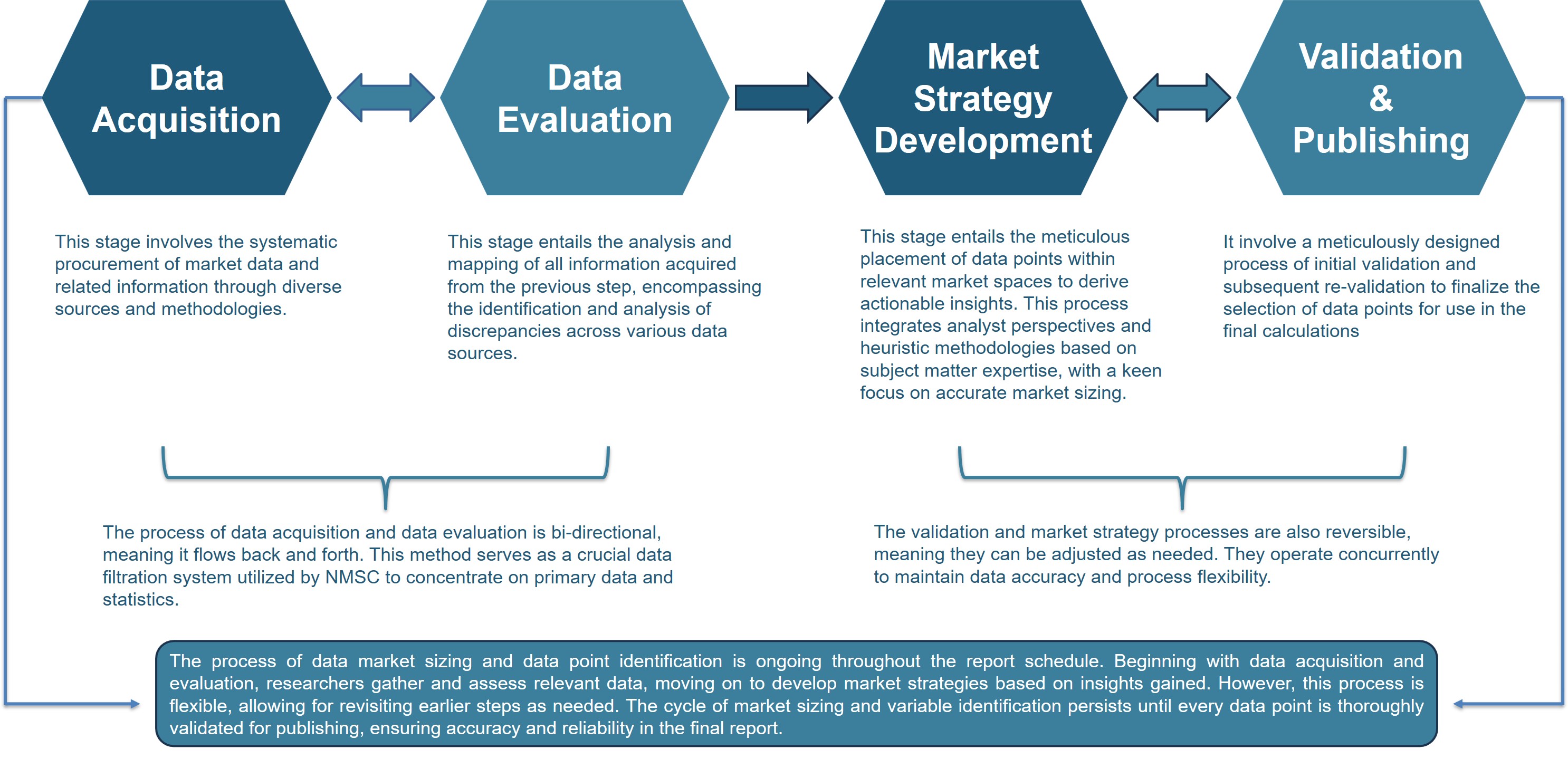
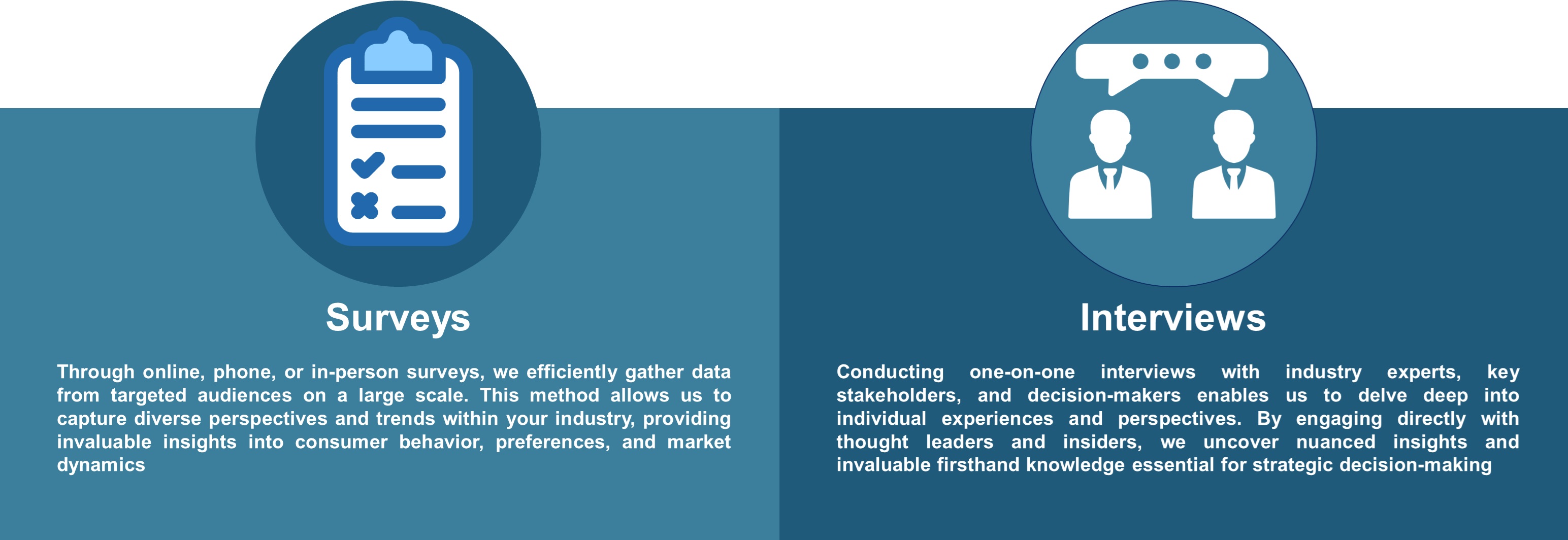



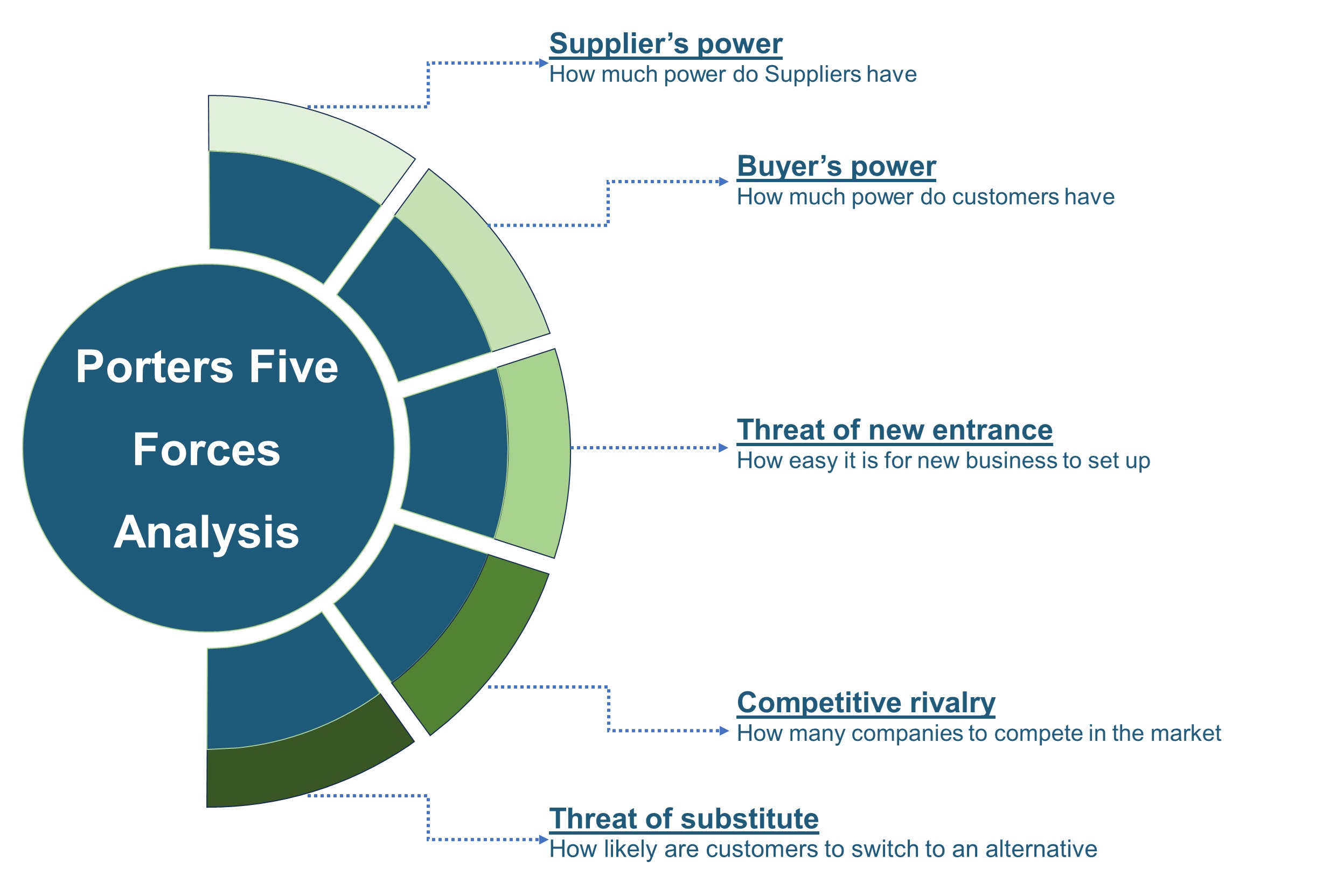







 Speak to Our Analyst
Speak to Our Analyst



